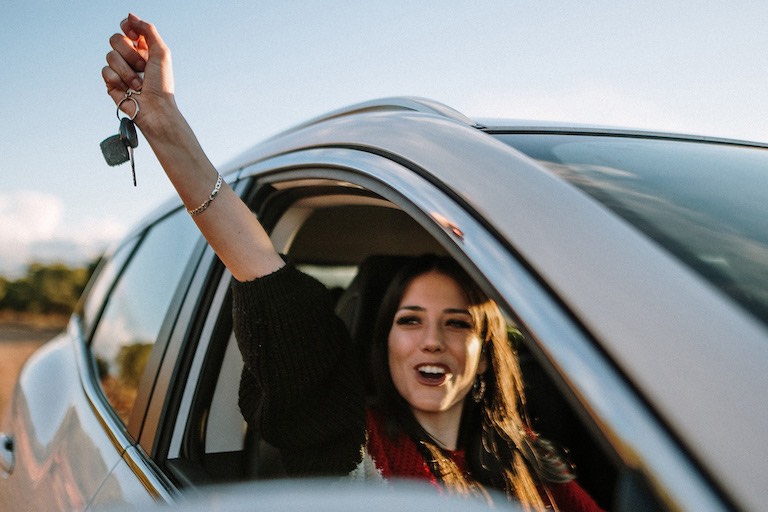
Hyundai eyeing new sub-$20K car
Coronavirus may revive the chances of a new budget-friendly city-car from HyundaiHyundai Australia says it will continue to search for more affordable mainstream cars for the Australian market after identifying a potential market gap opened up by the coronavirus pandemic.
With recent studies suggesting fewer people in Australia are willing to take public transport as part of their weekly commute in the wake of the ongoing COVID-19 crisis, Hyundai Australia boss John Kett says he is keeping his options open for a $16,000-$20,000 city-car.
As it stands, the cheapest vehicle in Hyundai’s current line-up is the Hyundai Venue Go (from $20,190), following the axing of the Accent last year.
But even as Hyundai, which established itself in Australia with cheap-and-cheerful models, moves towards a more upmarket sales strategy, Kett said there was fresh scope to deliver consumers a more affordable entry point.

“When we did our rounds through late March and early April, there was an incredible discussion going on between used car dealers. They couldn’t get enough of the $15,000 to $16,000 used vehicles,” Kett explained to carsales.
“What that told us was that somewhere between $15,000 to $20,000, people have got some money to spend. Economically, no-one can make the dollars argument within that space [to import vehicles profitably at that price point].
“If we can – if something comes along and we can pass the business case and have compliance in Australia – we would do it. But it’s quite challenging.
“We’ll continue to look at it, but we can see that outside of the pent-up demand something is fuelling the need for [cheaper] vehicles”.

Kett said the latest Hyundai i20 (pictured) launched earlier this year in Europe fits the profile for such a vehicle, but due to its Turkish manufacturing origins, it would only be sold here in N hot hatch form (from next year).
Hyundai’s sister company Kia continues to attract a small but significant legion of Australian buyers with its Picanto city-car, which starts at just under $15,000 before on-road costs.
“We continue to view the light segment. Indonesian production is something we continue to look at but until they fit the standard needs and price and safety needs of Australia, it’s probably a long way off,” said Kett.


Please see our Editorial Guidelines & Code of Ethics (including for more information about sponsored content and paid events). The information published on this website is of a general nature only and doesn’t consider your particular circumstances or needs.




